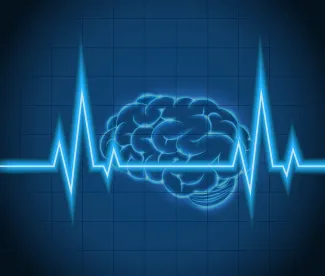Concussions among children playing sports are not a new phenomenon. In the decade leading up to 2009, an estimated 173,285 children and adolescents 19 and younger were treated during emergency department visits for sports and recreation-related traumatic brain injuries (TBIs). That represented a 62 percent increase in a decade. It is estimated that sports and recreational activities result in approximately 21 percent of TBIs among children in the U.S.
A concussion is a type of TBI caused by a bump, blow, or jolt to the head or by a hit to the body that causes the head and brain to move rapidly back and forth. This can cause the brain to bounce around or twist in the skull, creating chemical changes in the brain and sometimes stretching and damaging brain cells. The effects can be serious and long-lasting. Team and contact sports such as football and ice hockey have the highest incidence of concussion.
While more awareness of sports-related concussions has increased public concern, a recent study examined attitudes and practices of pediatricians toward sports-related head trauma and youth participation in tackle football and hockey. The Journal of Pediatrics reports that a respondent-anonymous electronic survey was distributed to members of the American Academy of Pediatrics Section of Bioethics, Council on Injury, Violence, and Poison Prevention, and Council on Sports Medicine and Fitness. Of 791 eligible pediatricians, 227 responded. Of the respondents, 85 percent treat sports-related concussions. Overall, 77 percent of the pediatricians surveyed would not allow their son to play tackle football and 35 percent and 34 percent would not allow their son or daughter, respectively, to participate in ice hockey. And, 48 percent of the pediatricians were in favor of counseling others against youth participation in full-contact sports.
Meanwhile, the CDC has instituted a program designed to inform parents, athletes, and coaches about concussions during sports play. The Heads UP program focuses on education and training to recognize, respond to, and minimize the risk of concussion or other serious brain injury. In addition, all 50 states and the District of Columbia have now passed so-called “Return-to-Play” legislation to address sports-related concussions in children. The laws address education or training on concussion recognition and appropriate responses.



 />i
/>i

